
Want the story behind the stories? Join our newsletter for bits and bites you won’t get elsewhere.
A couple years ago, one of the most accomplished polar explorers of his generation found himself shivering uncontrollably in the freezer aisle of a supermarket.
Here is the first thing you should know about Eric Larsen: He does not consider himself to be extraordinary, even if he has accomplished extraordinary things. Over the course of our conversations, he insists this to me more than once. He says that he does not consider himself an adrenaline junkie or a crazy risk-taker. But there is also little doubt that what Larsen’s accomplished in his life has been fraught with a preposterous amount of danger. There is little argument that he has confronted his own mortality and wrestled with his own suffering multiple times over the course of the past couple of decades, whether it’s crying with terror as he skied over thin ice near the Arctic Circle or facing down polar bears in the wild or attempting to ride a bicycle to the South Pole.
“I don’t think I have any special abilities whatsoever,” Larsen says. “I’m not the strongest, I'm not the smartest, but I'm pretty good at dealing with the cold. If I were a superhero, that might be one of my deals.”
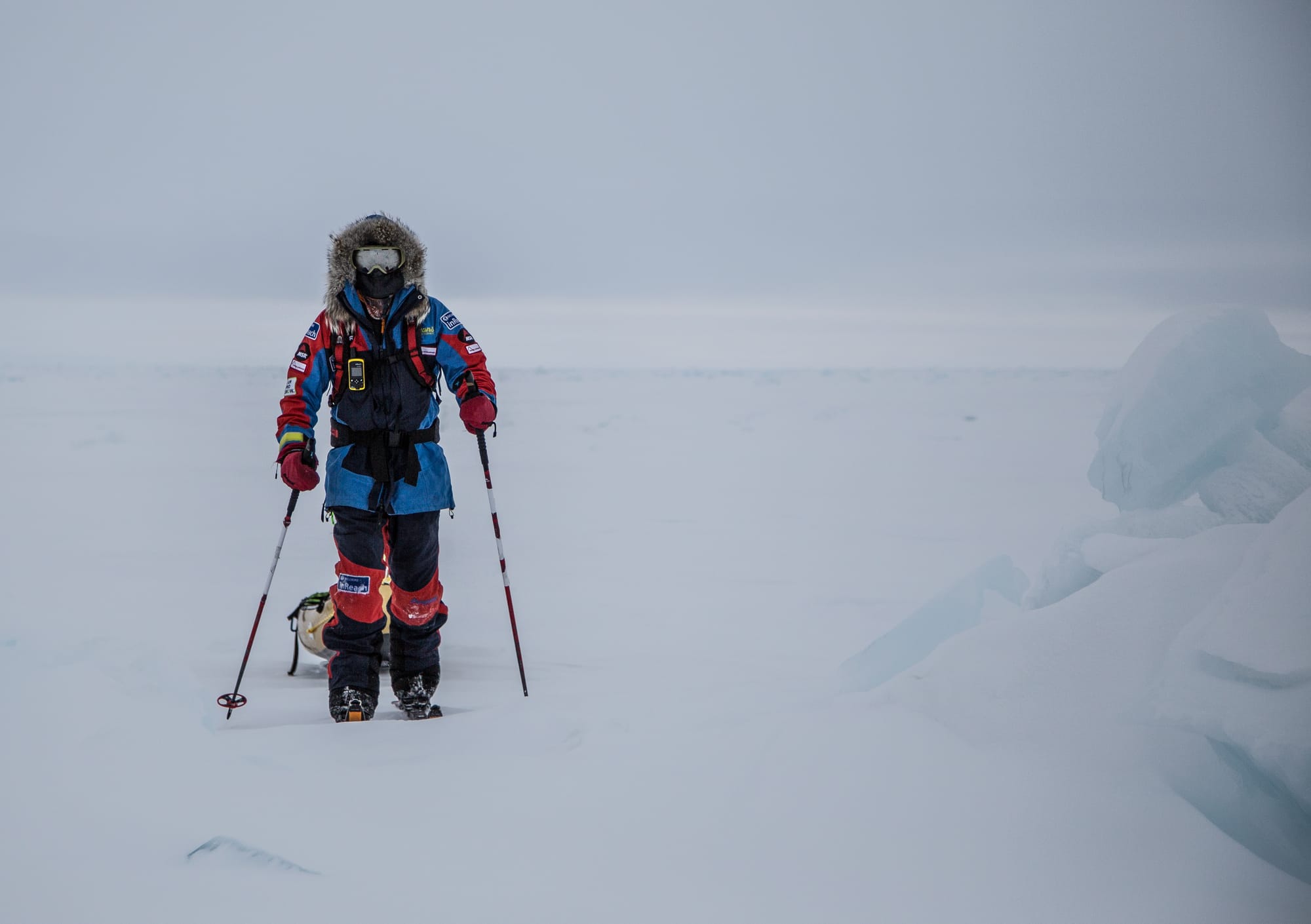
And then one day, that superpower was gone, stripped bare by the kryptonite of the chemicals coursing through his veins. The doctors had warned him it might happen; they’d said that one of the side effects of this particular type of chemotherapy for colorectal cancer was a hypersensitivity to the cold. Larsen had shrugged it off; of all the challenges ahead of him, he thought, At least I can handle that one.
But standing there in that supermarket near his home in Crested Butte, Colorado, a feeling washed over Larsen. He was cold in a way he’d never been before. And he was scared in a way he’d never been before. For decades, Larsen says, “I had pegged my identity to tolerating the cold.” And then his identity was stripped away, and he had to look at himself in a new way.
As he reflects on that moment over two years later – with the cancer treatments now behind him and his body clear of disease – Larsen admits he’s just beginning to understand the impact it had on his future. He’d like to think he’s a different person now, more focused on looking outside himself, more interested in influencing the next generation to think creatively about how to push the boundaries of adventure rather than zeroing in on his own goals.
But if there’s one thing he’s learned after years of taking on the cold, it’s that we can’t know what else is out there waiting for us. All we can do is take one solitary step at a time.
In order to understand why Larsen is so fascinated by the cold, you have to go back several decades to a boy in Wisconsin delivering newspapers in the snow. No matter the weather, Larsen would be out there in the morning, riding his bike from home to home, making the rounds. And he began to realize that he didn’t just love the outdoors; he loved the extreme nature of weather itself.
Larsen’s first love was bicycling. When he was in the eighth grade, he would ride off for 70 or 80 miles on his own, exploring the terrain and taking in the landscape. He went on to St. Olaf’s College in Minnesota to commune with the cold and study the environment. Taking a winter biology class reinforced what he already knew: His true calling was out there in the cold.
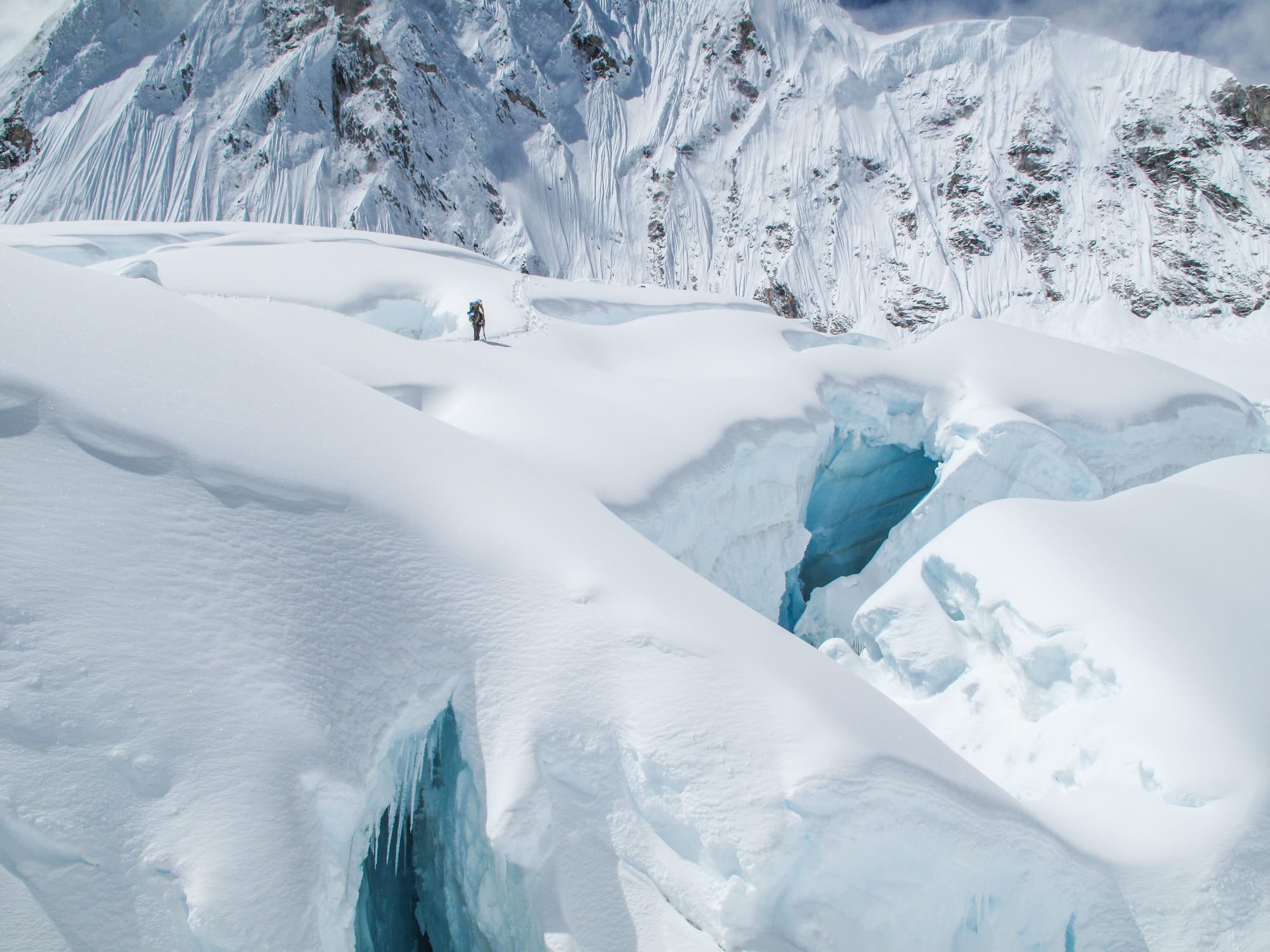
The frigid conditions challenged his mind. It was daunting; it was humbling. You sprain your ankle while hiking in the summertime, he tells me, and someone will probably find you eventually. But if it happens in the heart of winter in an unforgiving landscape like the Arctic? You’ve got work to do just to maintain your body temperature and stave off hypothermia.
That constant battle against the elements proved fascinating to Larsen. He traveled to Alaska after college and became a backcountry ranger. He journeyed to Grand Marais, in northern Minnesota, and lived outside in a tent while helping his friends build a cabin. (Larsen’s other superpower? “I can sleep anywhere,” he says. “A parking lot. A plane. Doesn’t matter.”) When he sought work at a local lodge, they told him their only opening was for a dog musher. With literally no experience, he taught himself how to do it, partly by watching a movie called Iron Will on repeat.
For several years afterward, Larsen taught dog mushing and worked a series of odd jobs. But he was looking for something more. He was looking for his calling. He wanted to navigate the extremes, and he wanted to find peace within them.
“My goal is always to be the perfect temperature,” Larsen says. “I like being comfortable. I mean, one of my favorite things is when all around me, it's blowing, it's freezing cold and whatever, and I'm just skiing along at the perfect temperature. It's the best.”
Larsen began taking trips to the Arctic whenever he could. It was terrifying, but it was exhilarating, too. Something about figuring it all out, step by step, made him happy. It was deliberate and slow, almost meditative, to make your way across through a sheet of stark white terrain. And the exacting nature of what he does is the reason, Larsen says, why he doesn’t consider himself an adrenaline junkie.
“If you’re, like, a base jumper, you step off a cliff and you’re in it,” Larsen says. “I don’t need to feel that rush. What I like is that challenge, but stretched out in a longer way. It's this chess game approach, where it’s deliberate and you have to be thoughtful. It’s this very disciplined way of solving these complex, physically and mentally challenging goals. And so there is risk in that, but to me it's a little bit more calculated risk.”
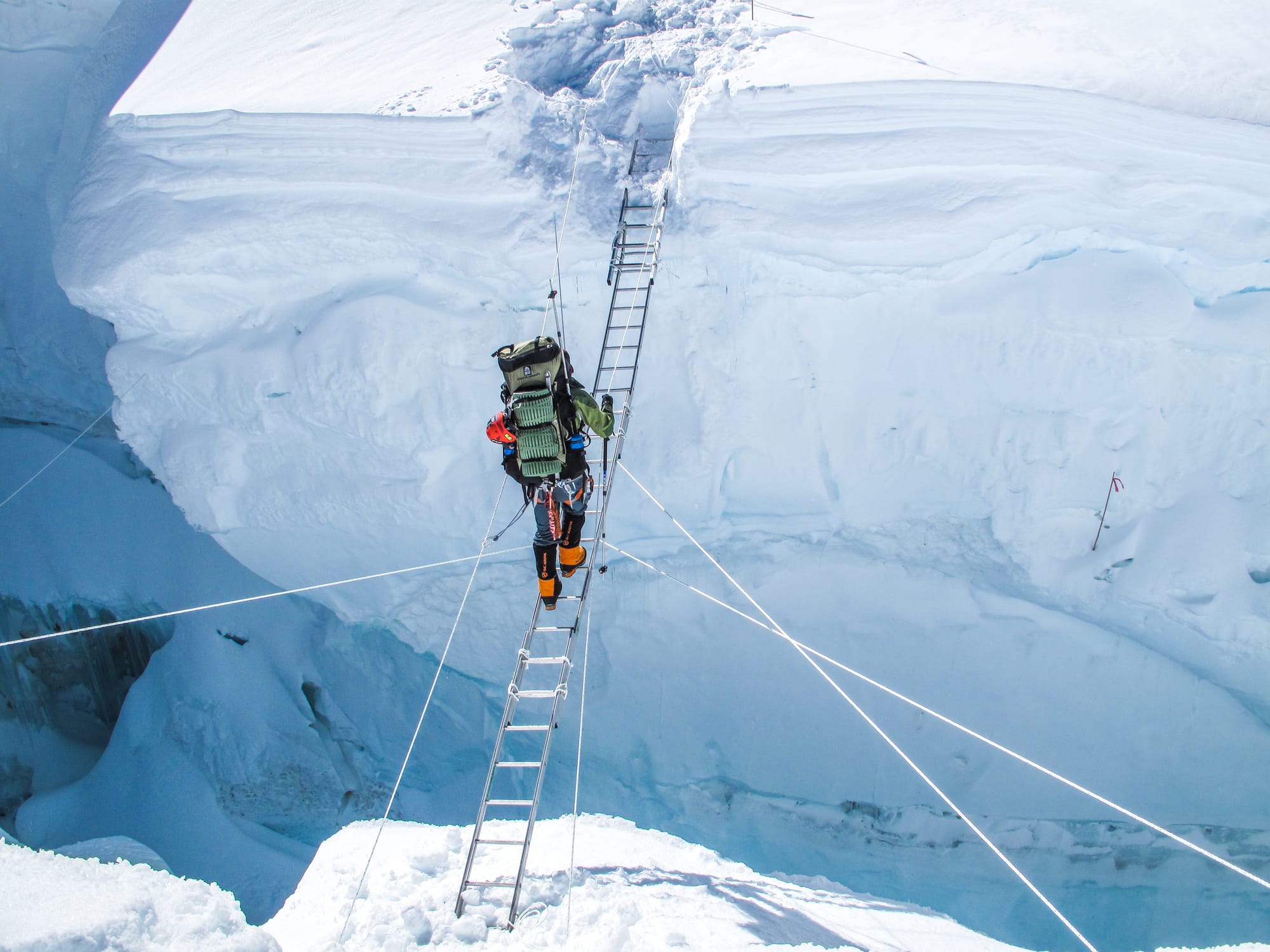
In 2006, Larsen and explorer Lonnie Dupre set out to do something that had never been done before: They would attempt to cross the Arctic Sea in the summertime to reach the North Pole, in part to call attention to the impacts of climate change. And they would do it with no outside support, which meant lugging sleds bearing hundreds of pounds of supplies across a treacherous stretch of water and ice. The journey took 62 terrifying days, but it was a success. And the feeling of having done it made Larsen want to do more.
From there, Larsen spent the next decade upping the ante. How far could he go? How much could he push himself? What could he accomplish that no one else had, while also continuing to call attention to the things that mattered to him, like climate change?
“I realized very quickly that the adventure side of things was a really powerful hook and put a human side on those narratives,” he says.
In 2010, Larsen completed a seemingly impossible trifecta: He traveled to the North Pole and the South Pole and summitted Mt. Everest over the course of 365 days. He moved to Colorado, met his wife, and had his first child in 2012, the same year he attempted to become the first person to ride a fat-tire bike over 700 miles to the South Pole. Facing punishing winds and wrestling with guilt over abandoning his young child, Larsen quit after 250 miles.
Two years later, in the spring of 2014, Larsen and partner Ryan Waters crossed the Arctic unassisted from northern Canada to the North Pole. Knowing how much the Arctic terrain was rapidly shifting due to climate change – and knowing they could very well be the last people to make the journey before it became too dangerous –they documented the journey with videos and photos that became a harrowing Animal Planet documentary called Melting: Last Race to the Pole, and a book entitled, “On Thin Ice.”
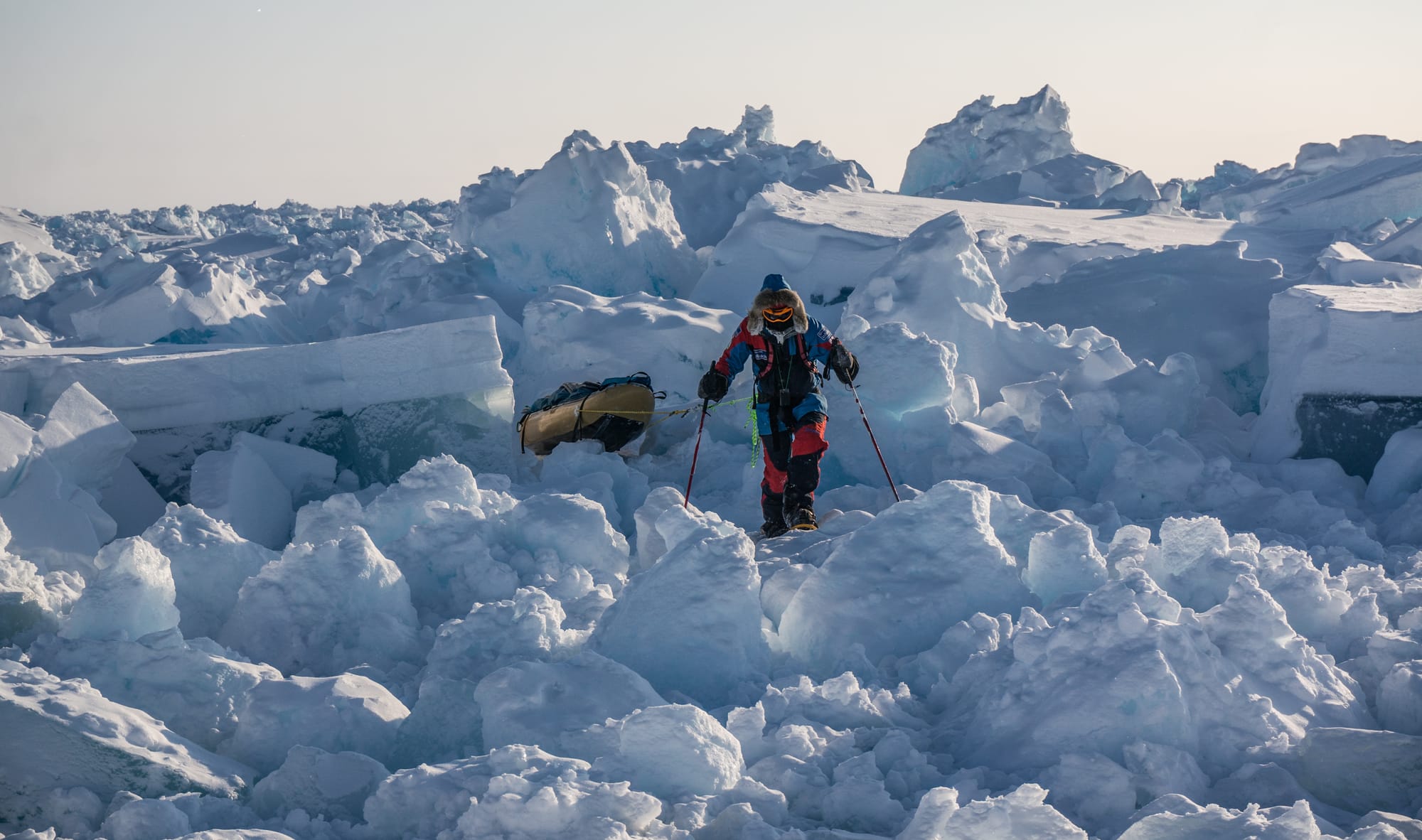
“The ice is thinner – the sea ice is different,” Larsen says. “There's still the physical possibility of doing it, but you just have no chance of rescue. You can't land a plane, and no individual or company is willing to take the physical risk of trying to fly there in any sort of real way.”
In the film, Larsen has to warm his partner up rapidly after he plunges into frigid water; they have to flee from polar bears stalking their trail. They fall asleep on a floating patch of ice, only to wake up miles south. Their progress is painful and measured. They have to fight like hell to keep going. They cut back their sleep to make it to the finish, swimming through frigid waters to where a hundred-thousand-dollar plane ride – their only means of escape – awaits.
In many ways, this was Larsen’s proudest achievement, largely because he left that record of his trip behind for future generations – a trip that no one else might ever make.
At its heart, Larsen says, “This adventure stuff – it’s kind of an arrogant, selfish thing.” There was still a part of him that wanted to be the best ever to do it; to accomplish things that no one had before. And then the biggest scare of his life completely altered his perspective.
He’d been fighting fatigue and gastrointestinal problems for months after he’d broken his collarbone in a mountain biking accident, and Larsen’s wife, Maria Hennessey, finally convinced him to get a colonoscopy. In January 2021, the results came back – it was metastatic rectal cancer, and doctors believed it was Stage IV because Larsen also appeared to have some suspicious spots on his lungs. One doctor told him that the best case was that he might have a few good years left.
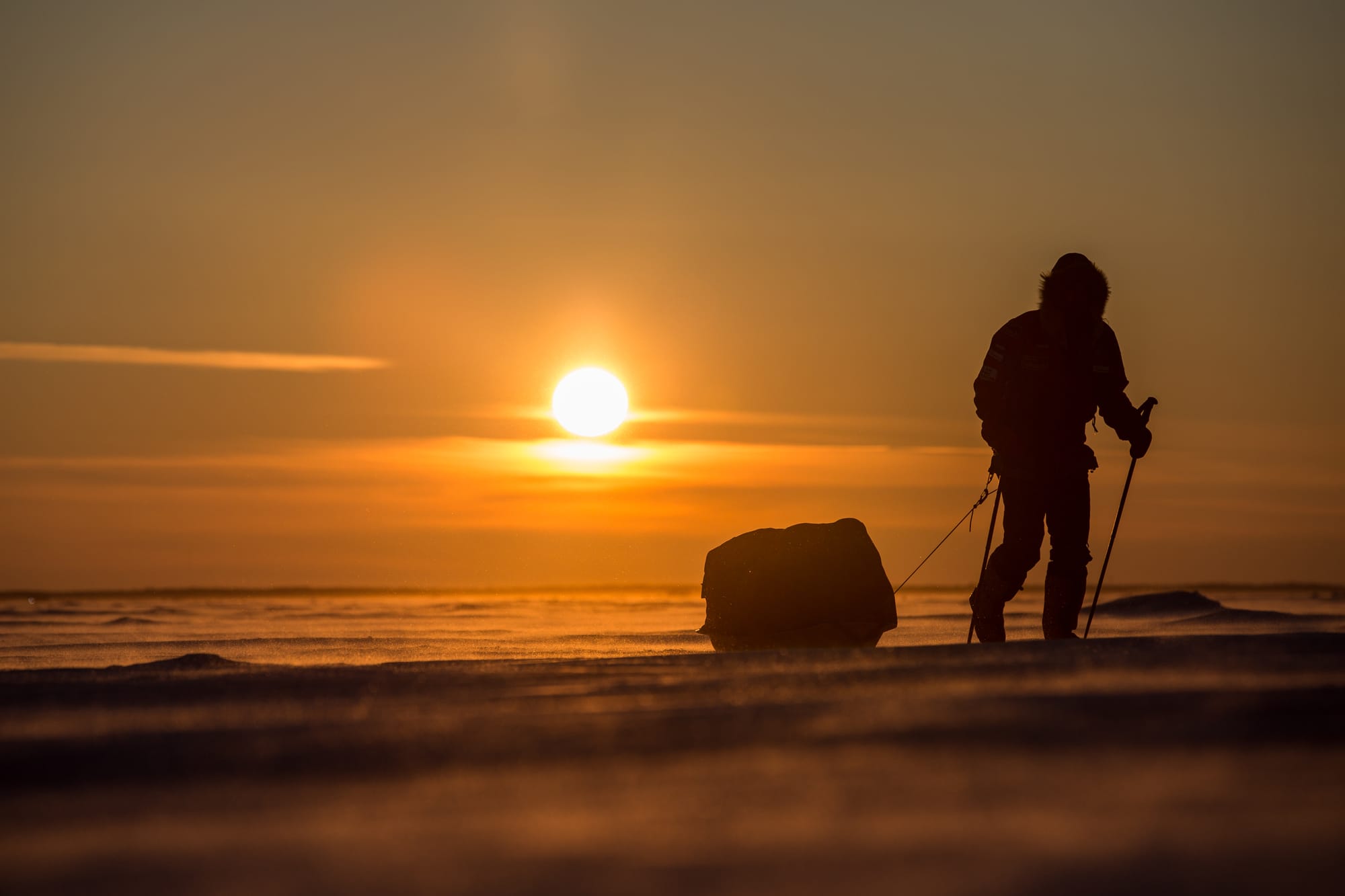
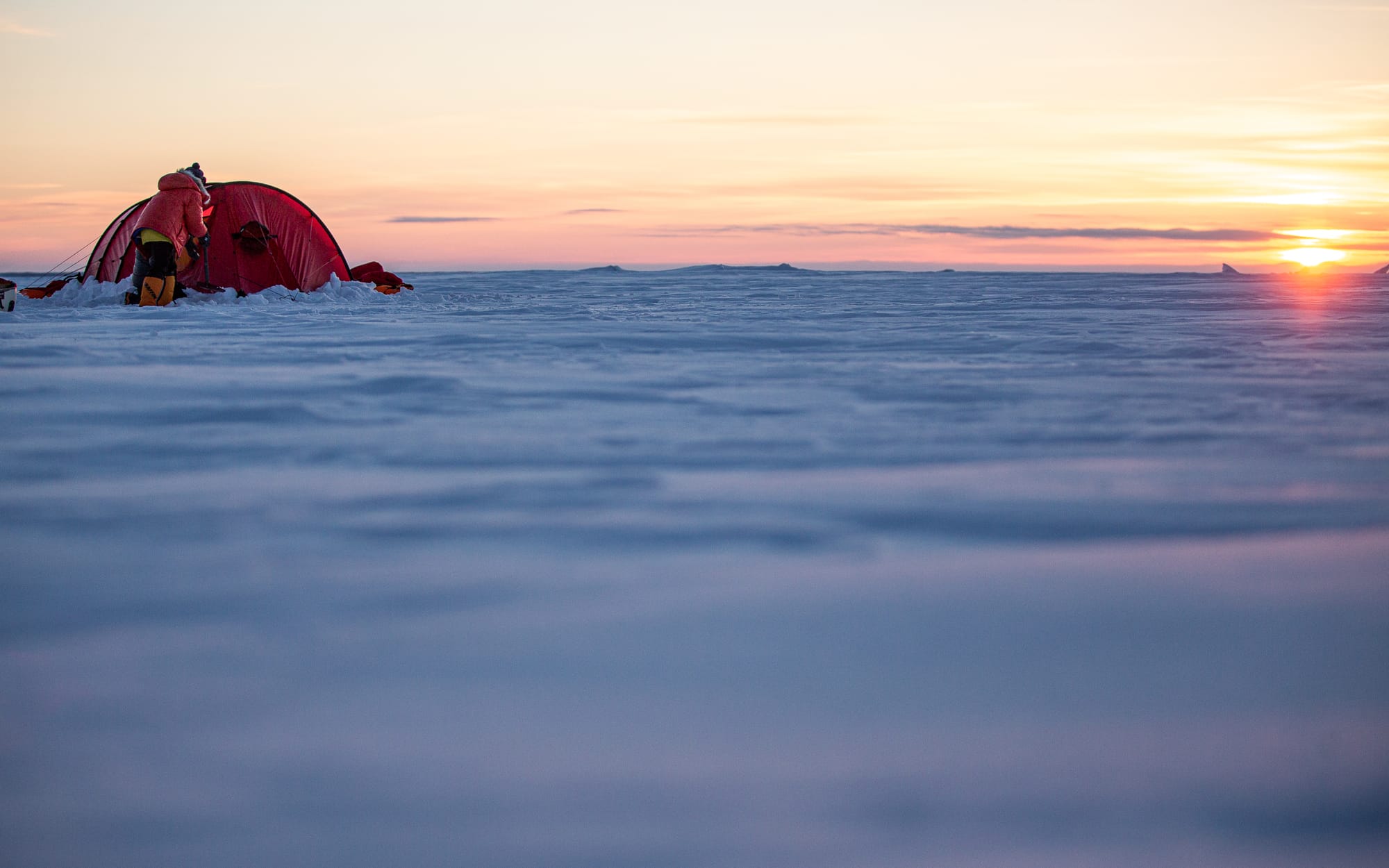
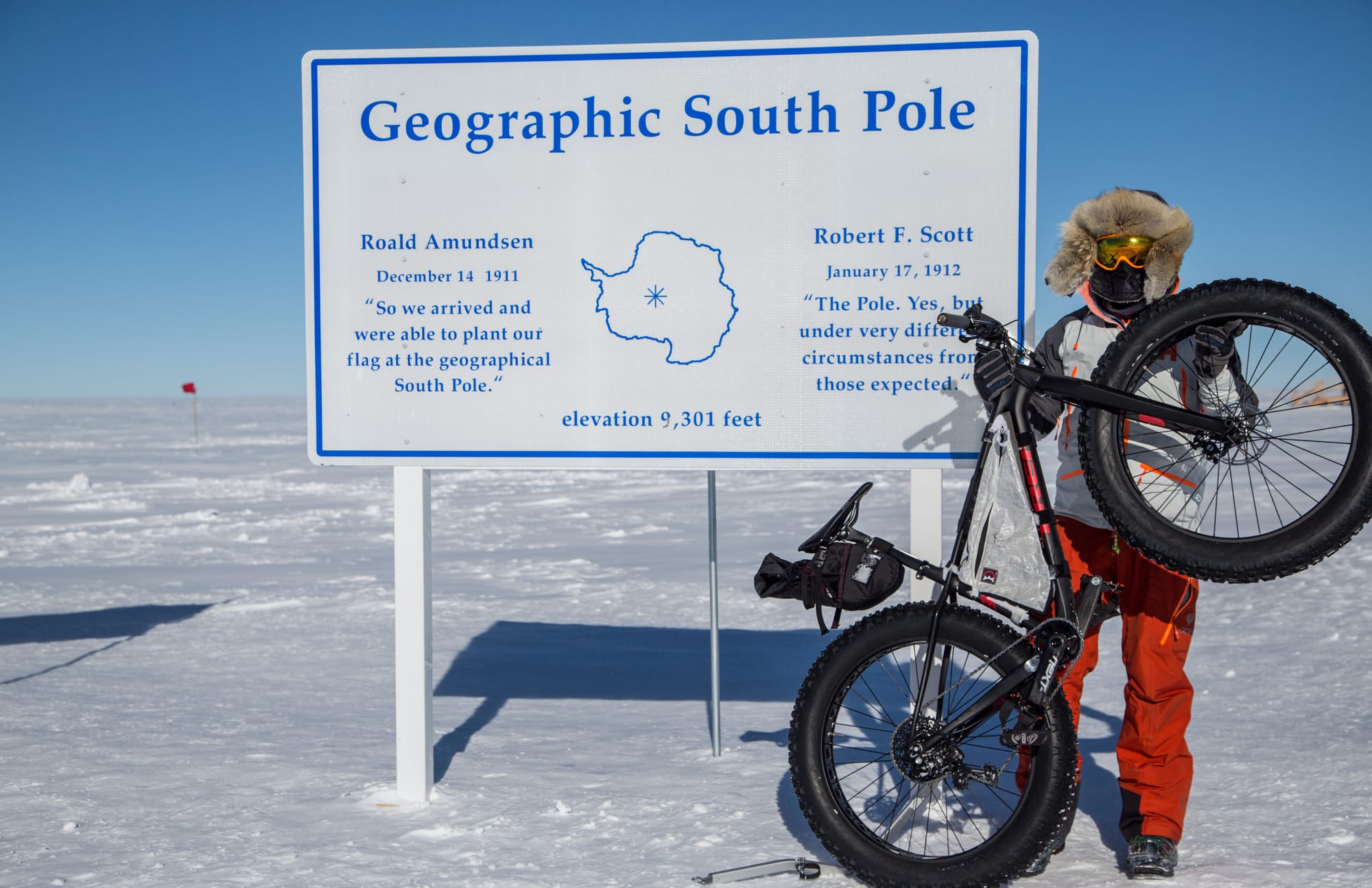
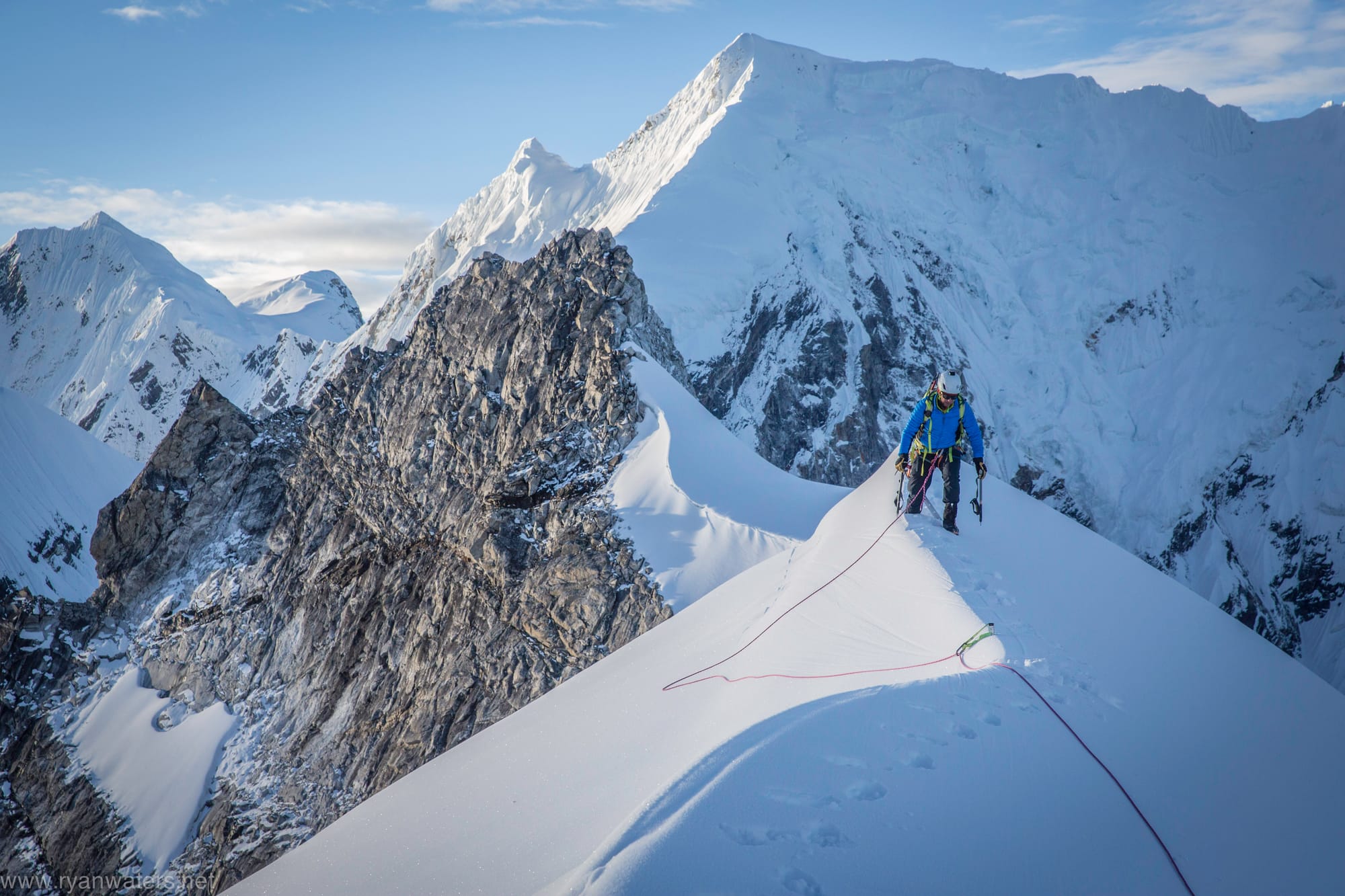
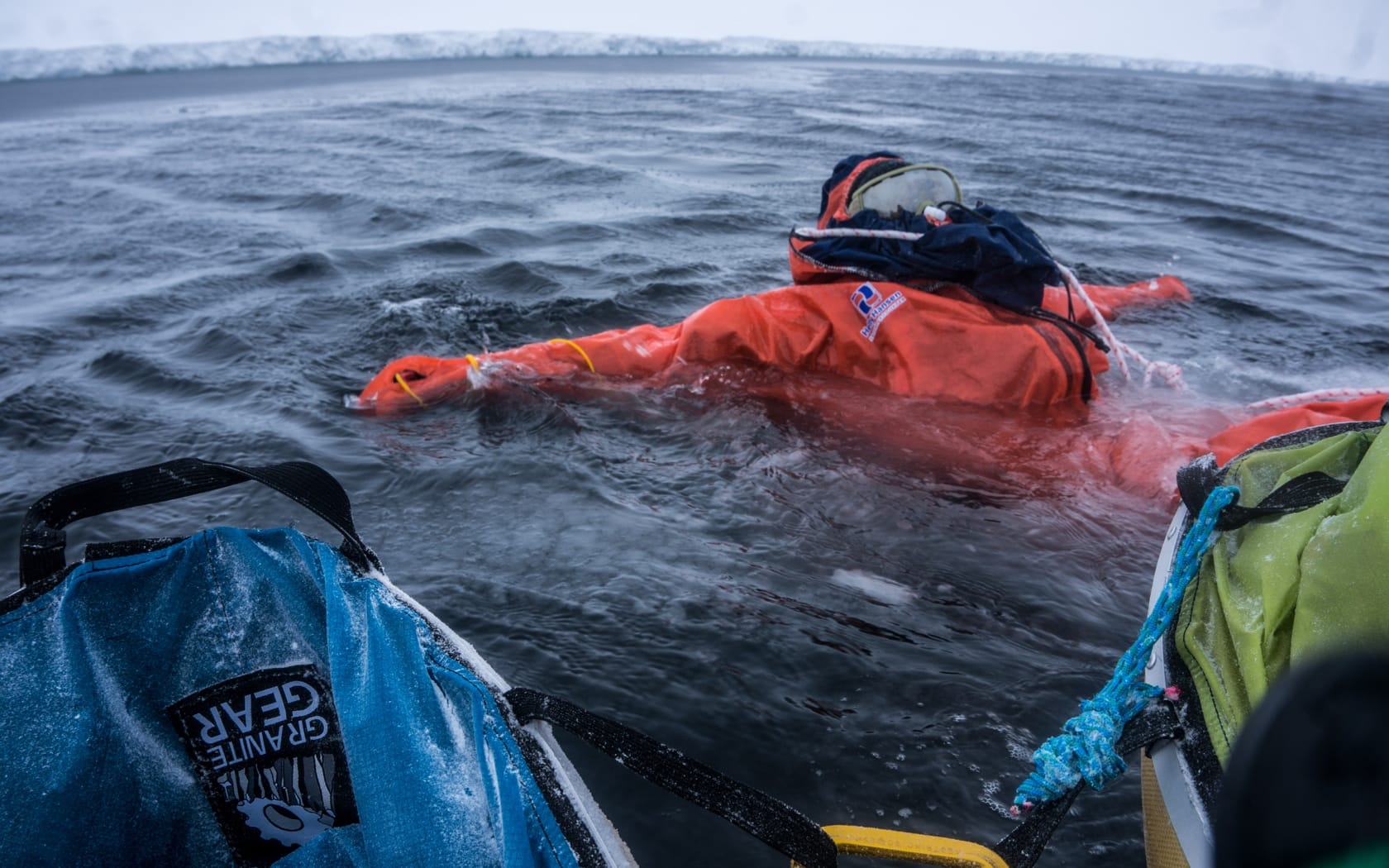
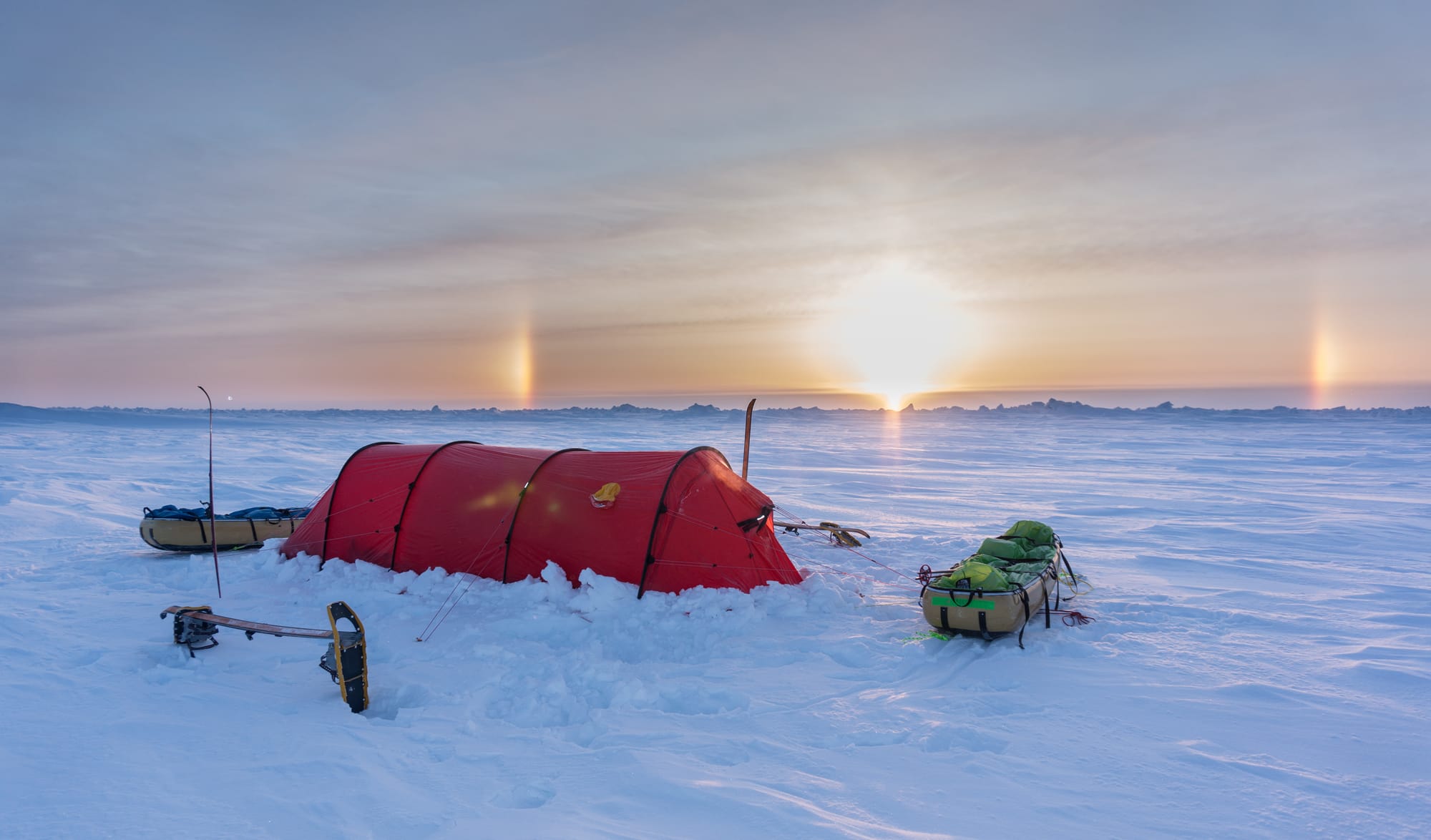
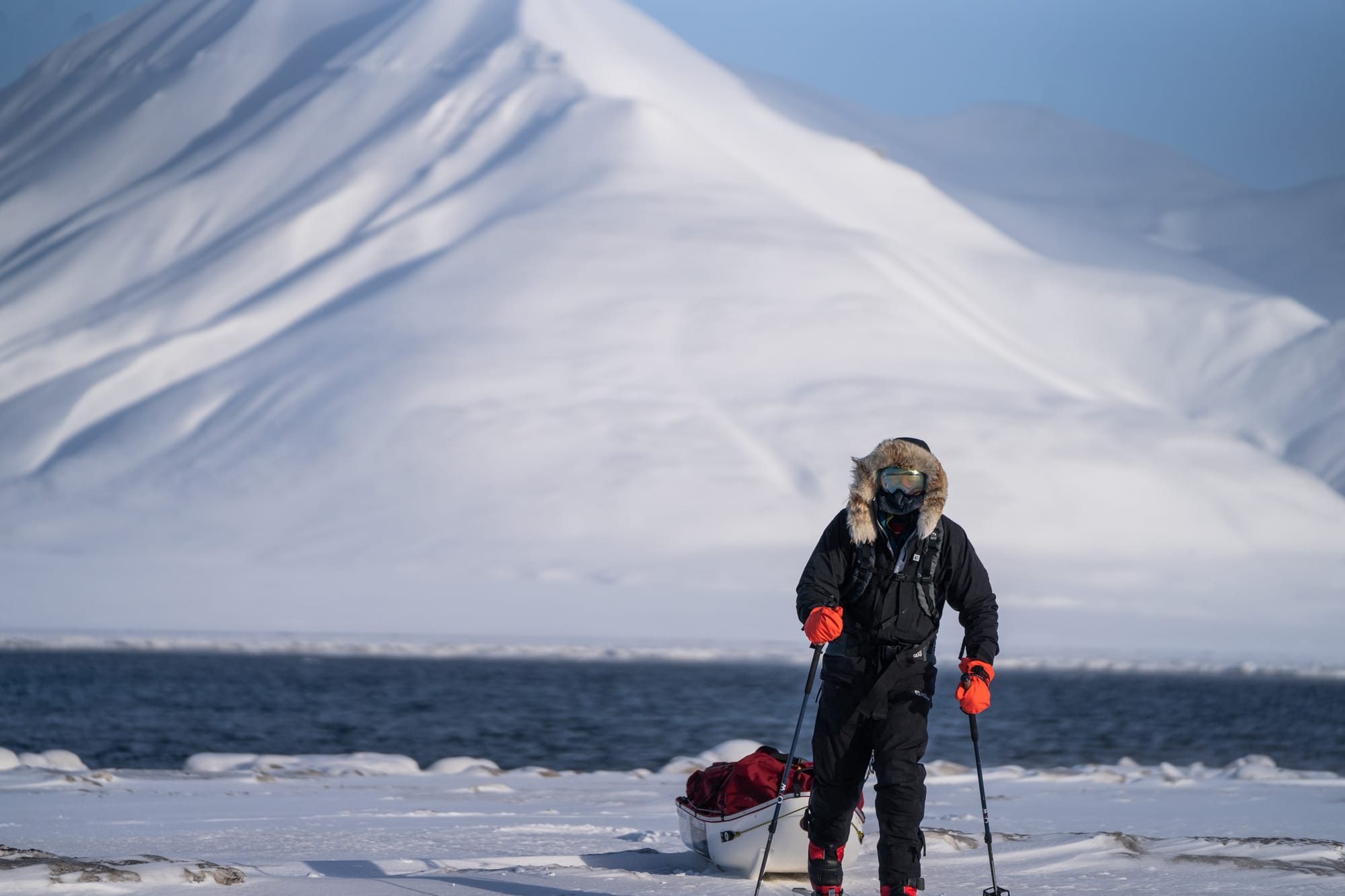
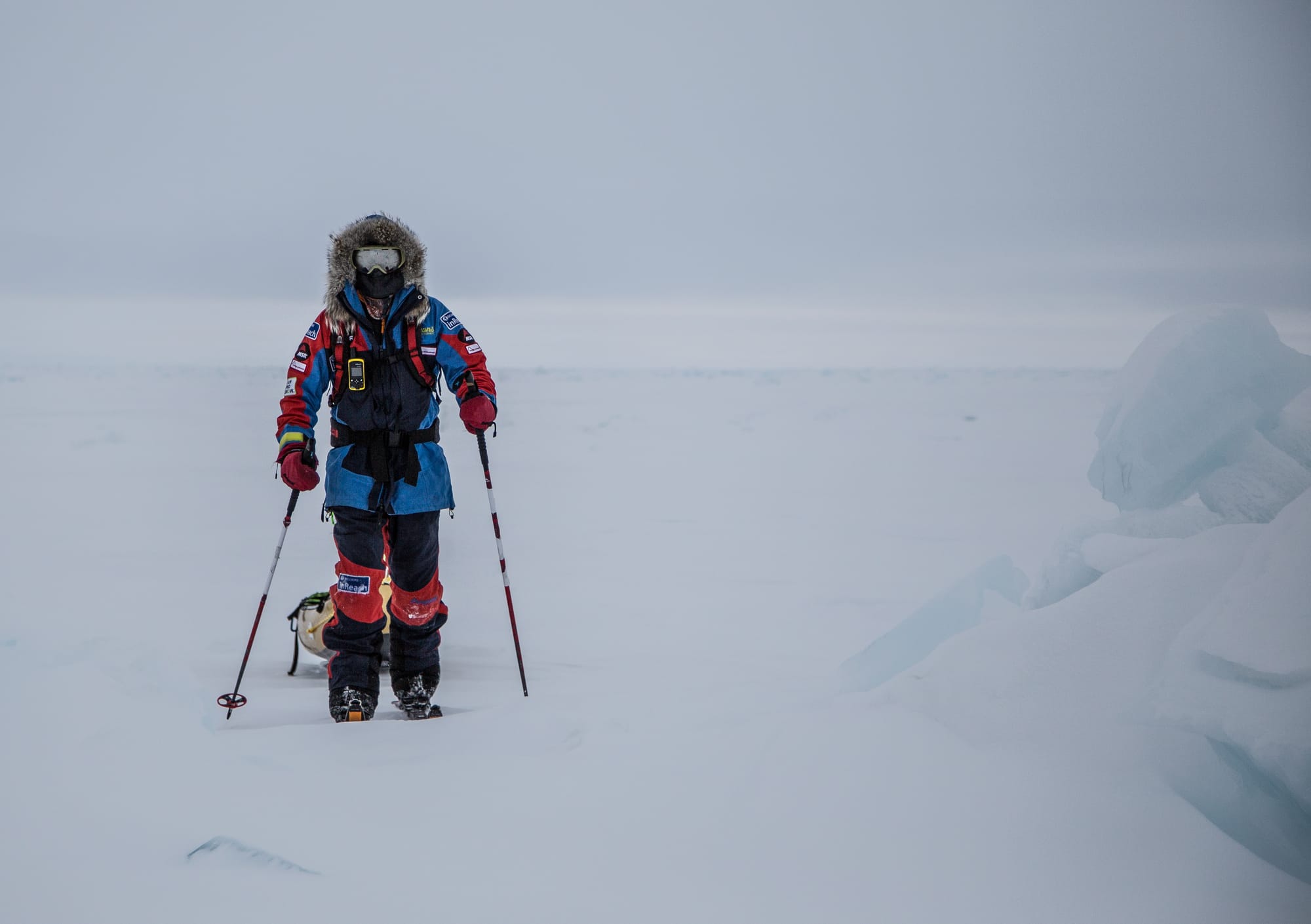
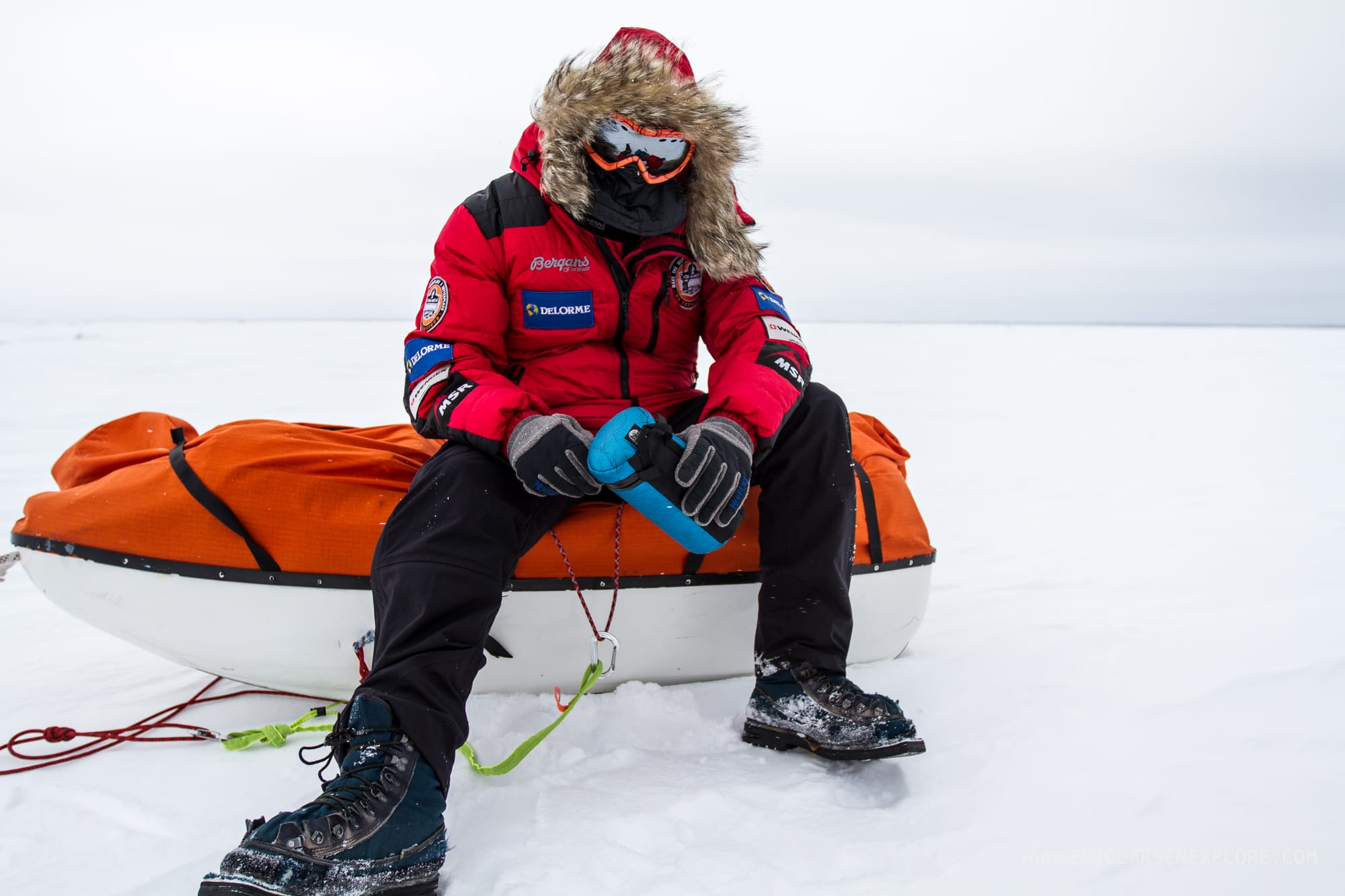
Extreme temperatures and extreme terrain are all part of the routine for explorer Eric Larsen. [Courtesy photos]
In all those previous life-threatening situations, Larsen felt prepared; as illusory as it may have been he had a feeling of control over death because of all the studying he’d done to reach that point. But when death chooses you? That was altogether different.
“A lot of adventurers, we’re purposely putting this risk in our lives, and we kind of fool ourselves in the sense that we're saying, ‘This is what we need to feel alive, and this is who we are,’” Larsen says. “And part of it is actually true. I'm not going to lie. It’s just how I was built. But when you’re all of a sudden put in a position where you're not in control of the variables anymore, you're not thinking about adding extra risk in your life to feel alive. You just want one more second or one more day.”
Larsen went in for a lung scan in February of 2022. When he woke up, the doctors delivered good news: There was a 95 percent chance the nodules in his lungs weren’t cancerous. He was Stage III instead of Stage IV. When he heard the news, he wept. Treatment was possible, though it wouldn’t be easy, and the potential pitfalls were still quite serious.

The mantras Larsen had built up over years of polar expeditions–the little mottos that he half-jokes were attempts to paper over his own weaknesses–came back to him over the course of the next several months. Take the big problem and break it up into little pieces, he told himself, and so instead of thinking about getting through the entire course of chemo, he took it moment to moment. Understand the mental and physical discomfort is part of the process, he told himself. Recognize that fear is a normal thing, he told himself, and that hoping for ideal conditions can be a curse.
He was used to the monotony, making his way through that blank white sheet of terrain. It wasn’t like he enjoyed the hard parts of all those expeditions, but getting through the hard parts? Having done something remarkable? That was where the exhilaration lay.
Day by painful day, Larsen made it through surgery and treatment until he was in the clear. At the same time, he lost most of his major sponsors, and that reflected another lesson he’d learned: The way an expedition taught you that there are certain things you want and there are certain things you need. Like his wife. Like his children. Larsen’s oldest child, his son, was born when he was 41, and Larsen thought about the “crazy life” he’d lived before then but also realized how much he loved being a dad now.
And as that realization washed over him, something else happened, too.
“My risk tolerance has gone down,” Larsen says. “I think I lived a very selfish life. And I'm not criticizing myself. I'm just saying the things that I focused on were focused on me.”
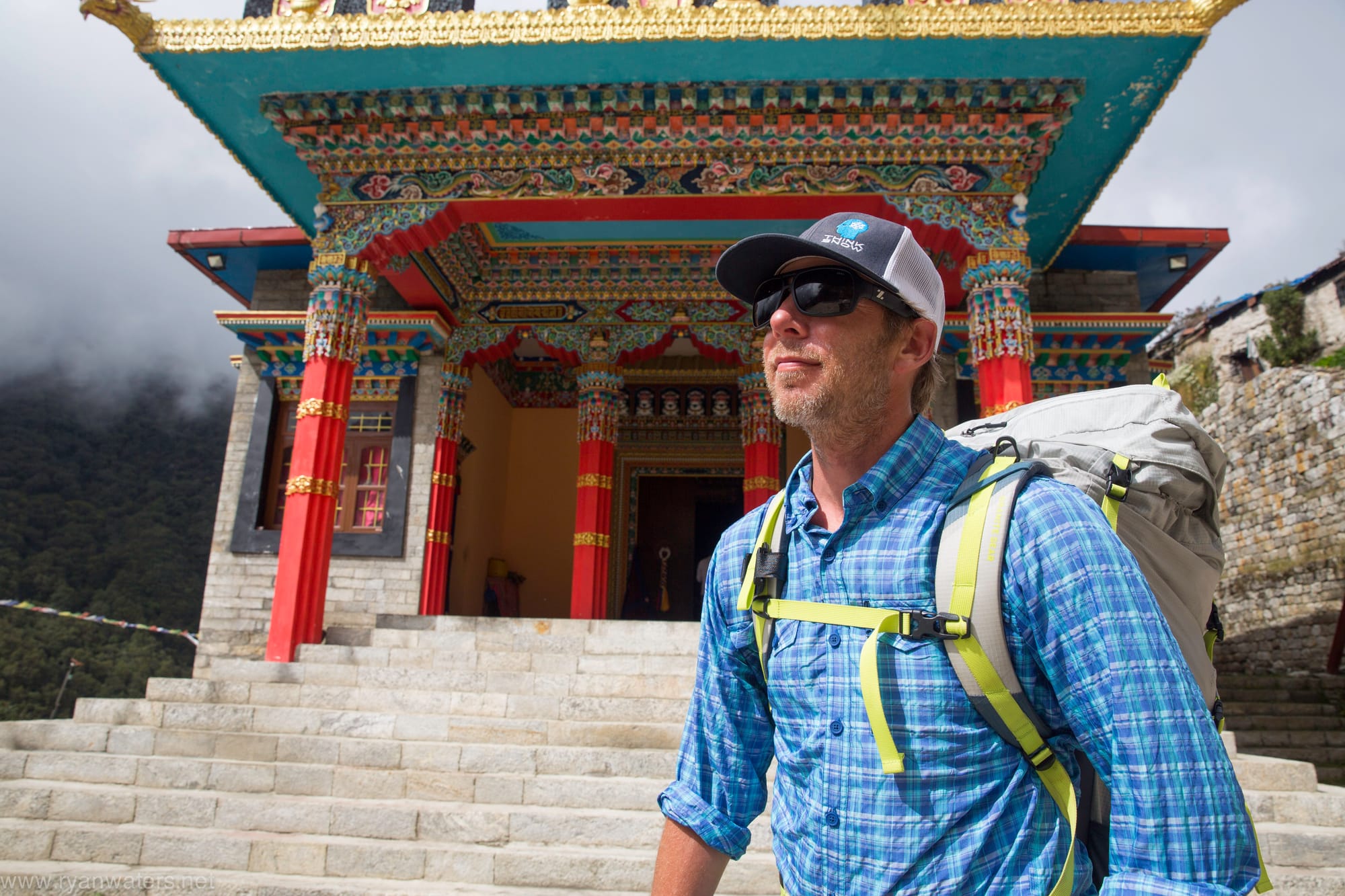
Larsen managed to stave off those feelings of guilt for years by convincing himself that he was calling attention to larger causes like climate change. But as he started thinking less about taking big exploratory swings on his own behalf, he started thinking more about how he could help other people do what he loves – to get outside of themselves, outside of the social media bubble, and reconnect with nature, especially for those who might never have gotten the chance in previous generations.
The first time we talked, Larsen had just returned from leading an expedition for prospective explorers in northern Minnesota, something he does regularly, both to make money and to spread the gospel. But this camp had a new twist: It was for a diverse group of BIPOC participants.
Larsen had long been fascinated by a largely forgotten figure from history: Matthew Henson, an African-American who accompanied the famed Arctic explorer Robert Peary on multiple expeditions in the early 1900s. “He ended up carrying Peary on his back,” Larsen says. “He was always a hero of mine. And I felt like it was a story that didn’t get covered at all. And then, like a lot of other people, I began to realize, ‘Man, there’s a lot of white people doing this outdoor stuff.’ And I’ve had a lot of advantages because of the color of my skin.”
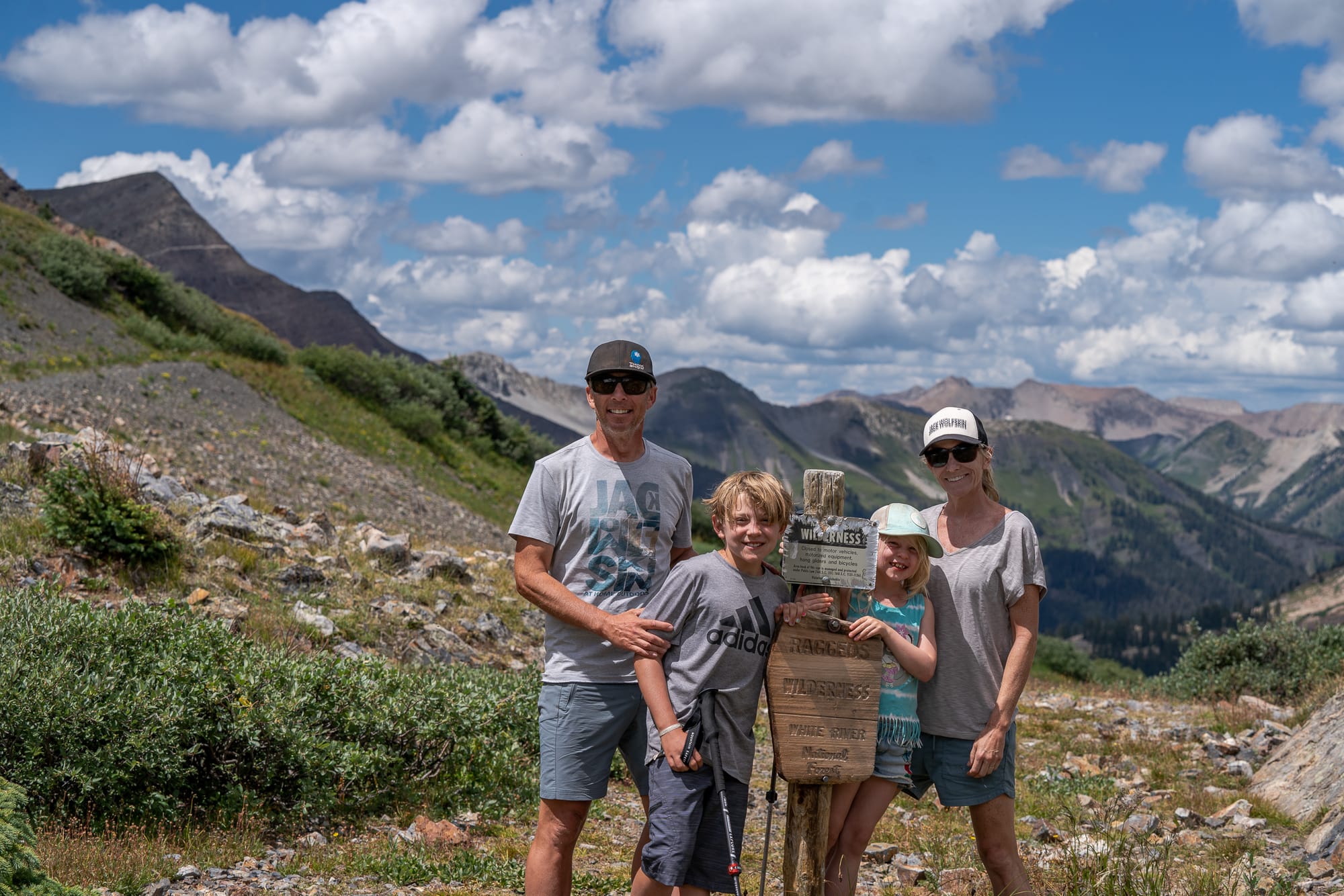
In partnership with a sponsor, the apparel company Jack Wolfskin, Larsen was able to waive all the barriers to entry by providing expenses for travel and gear. Some of the participants had been involved in Larsen’s other trainings; others had only the bare minimum of experience but aspired to do big things, whether it was to scale mountains or journey to the Arctic themselves.
“I just think there's an opportunity to have some of these firsts for people of color that have traditionally not been in that space at all,” Larsen says. “I like being a facilitator of that. I like it when people come up with original ideas for adventure.”
Larsen is not done dreaming up big ideas for himself, either. There are still those quiet moments when he dreams of creating a new challenge for himself. There is the thought of maybe someday going on an expedition with his children. But then there are those moments when he’s walking the dog and that sensitivity to cold from the chemo still creeps back into his fingers for a moment, and he wonders if maybe the educating and the dreaming he does on behalf of others is the doing now.
Where does it lead in the future? Who knows? And not knowing, he’s come to realize, is an essential part of the journey.
“I've spent a lot of time on expeditions wishing I was at home, and I’ve spent a lot of time at home wishing I was on an expedition,” he says. “So I haven't figured out the balance of my life yet.”
Advertising and sponsorship opportunities are available. Contact Jim Hoos at jhoos@r1s1sports.com or 602-525-1363.